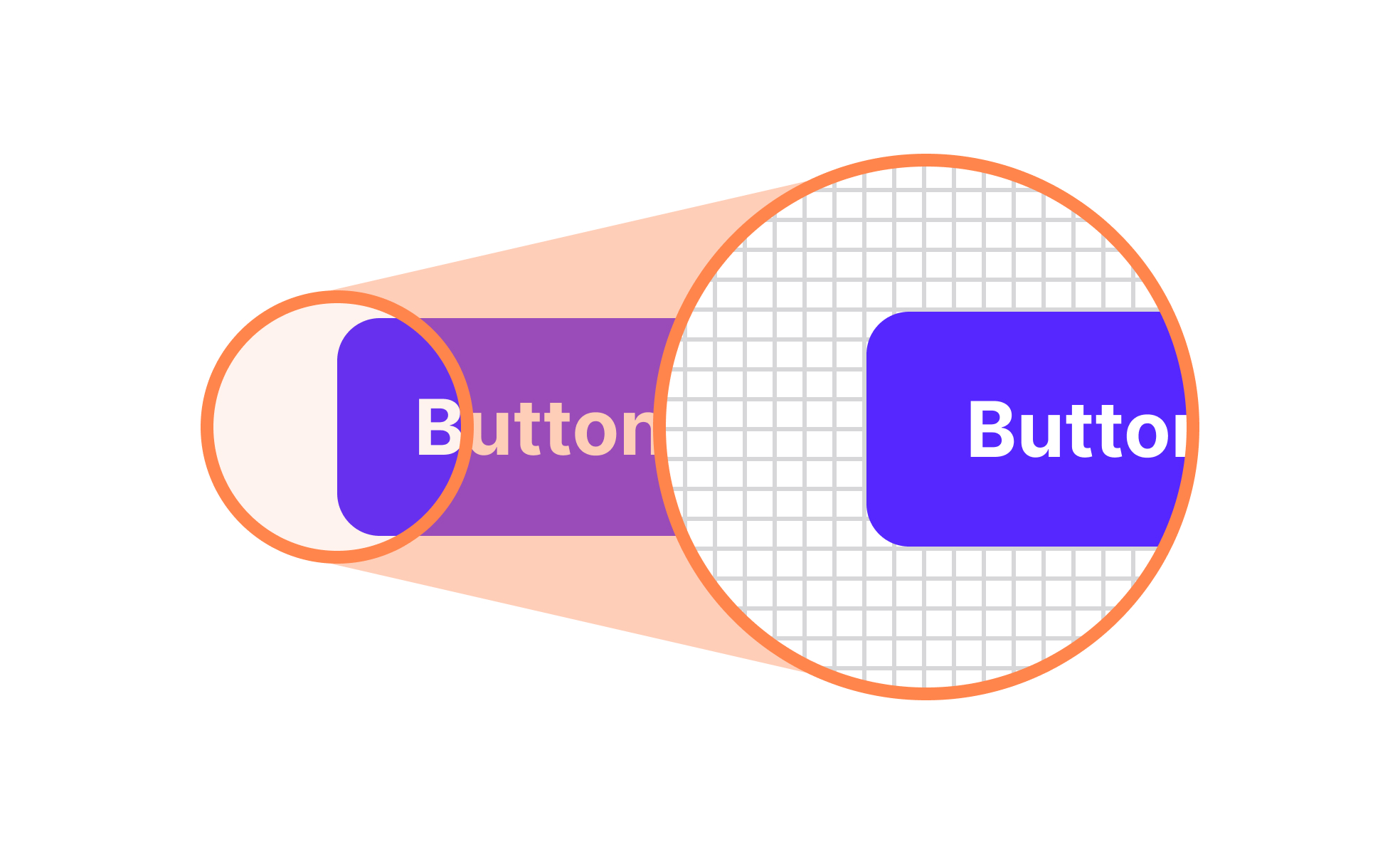Attention to Detail
Attention to detail in UX/UI means carefully refining design elements to improve usability, aesthetics, and overall user satisfaction.

What is Attention to Detail?
Attention to detail means catching and addressing small elements that others overlook while maintaining focus on overall quality and accuracy. It involves thorough task completion, careful review processes, and noticing inconsistencies or errors that could cause bigger problems later. Think of it as quality control for everything you touch.
This skill encompasses error prevention, quality assurance, pattern recognition, systematic review processes, and maintaining standards across all work outputs regardless of time pressure or competing priorities.
Attention to Detail in Product Management Context
Product managers balance big-picture thinking with meticulous execution across multiple areas where details determine success or failure.
Requirements documentation and specifications
Precise, unambiguous specifications prevent costly development mistakes. Amazon's six-page memo culture forces detailed thinking that prevents misunderstandings during implementation, saving months of rework and missed deadlines.
User experience review and optimization
Every interaction detail affects customer satisfaction and retention. Airbnb's attention to photo quality standards increased booking rates 40% by ensuring consistent visual experiences across millions of listings.
Data analysis and insight generation
Spotting anomalies and patterns others miss can save significant money or reveal growth opportunities. Netflix product managers caught a 0.1% recommendation algorithm error costing $1 million monthly in reduced user engagement.
Launch preparation and risk management
Comprehensive checklists covering every scenario prevent catastrophic failures. SpaceX's detailed pre-launch protocols demonstrate how systematic verification prevents expensive disasters through methodical attention to detail.
Measuring Attention to Detail Impact
Quantitative metrics:
- Error rates per deliverable or time period
- Customer-reported issues and complaints
- Rework percentage requiring fixes or revisions
- First-time approval rates without requiring changes
Qualitative indicators:
- Stakeholder confidence levels in work quality
- Team morale around quality and craftsmanship
- Customer testimonials mentioning reliability and attention
- Industry recognition for quality and excellence
Business impact measures:
- Cost savings from prevented errors and rework
- Customer retention rates and satisfaction scores
- Time saved through reduced back-and-forth corrections
- Revenue impact from quality-driven differentiation
Attention to detail is crucial in design because it ensures the quality and effectiveness of the final product. Small details can significantly impact the overall user experience and perception of a design. Paying close attention to elements such as typography, color schemes, spacing, and alignment helps create a cohesive and visually appealing design that communicates the intended message effectively.
Attention to detail plays a vital role in enhancing the user experience in design. By focusing on the finer points, designers can create intuitive and user-friendly interfaces that guide users seamlessly through a product or website. Well-crafted microinteractions, intuitive navigation, and consistent visual elements can make the user experience more enjoyable, increase engagement, and improve overall satisfaction.
Cultivating a habit of paying attention to details requires practice and a mindful approach. Here are a few tips for designers:
- Develop a checklist: Create a checklist of essential design elements to review before finalizing any project, ensuring that no details are overlooked.
- Iterative design process: Embrace an iterative design process that allows for multiple rounds of revisions and refinements, enabling you to focus on different aspects with each iteration.
- Peer feedback and collaboration: Seek feedback from fellow designers or colleagues to gain fresh perspectives and identify areas that might require more attention.
- Take breaks and revisit: Step away from your design and revisit it with a fresh set of eyes. This helps identify overlooked details and allows you to approach the design with a critical mindset.
- Pay attention to feedback: Pay close attention to client or user feedback and iterate based on their suggestions. This demonstrates a commitment to addressing details that impact the end-user experience.
Recommended resources
Courses

3D Design Foundations

UX Design Foundations

Design Terminology
Lessons

Typographic Terms

Intro to Design Layouts

Lighting & Materials
Tutorials

11 tips on how to design mobile buttons

11 Real-World Design Examples that Prioritize Accessibility
Projects
Notion Halloween Icon Set

RetroPlum - Skeuomorphic Style Button Kit










